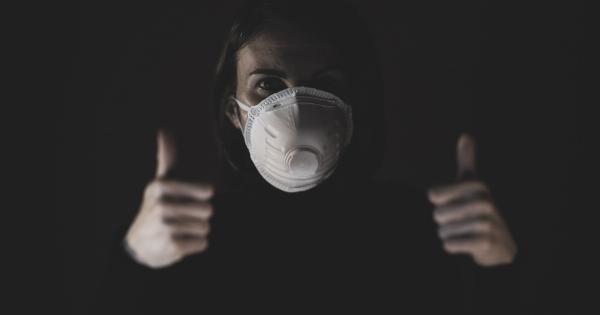Cancer is a leading cause of death worldwide, and aging adults are at a higher risk. With age, the body undergoes changes that can affect cell growth and division, leading to the development of cancer.
It is crucial to understand the risk factors and signs of cancer to catch it early and increase chances of successful treatment. In this article, we will discuss the top five cancers to watch out for in aging adults.
1. Breast Cancer
Breast cancer is the most common cancer among women, and aging is a significant risk factor. The risk of breast cancer increases with age, with most cases diagnosed in women over 50.
However, men can also develop breast cancer, albeit at a lower rate than women.
Early detection is crucial for successful treatment. Women should regularly perform breast self-exams and get mammograms as recommended by their healthcare provider.
Signs of breast cancer include lumps or changes in breast size or shape, nipple discharge, or skin changes.
2. Prostate Cancer
Prostate cancer is a prevalent cancer among men, with the majority of cases diagnosed in men over 65. The prostate gland is part of the male reproductive system and is located below the bladder.
Symptoms of prostate cancer include difficulty urinating, weak urine flow, and blood in the urine.
Screening for prostate cancer can be done through a blood test called the prostate-specific antigen (PSA) test or a digital rectal exam (DRE).
However, there is ongoing debate about the benefits and risks of screening for prostate cancer, and men should discuss the risks and benefits with their healthcare provider.
3. Lung Cancer
Lung cancer is the leading cause of cancer deaths in both men and women, and smoking is a significant risk factor. However, exposure to second-hand smoke, radon, or other environmental factors can also increase the risk of lung cancer.
Signs of lung cancer include persistent coughing, chest pain, and shortness of breath.
Early detection is crucial for successful treatment, and screening with low-dose CT scans is recommended for individuals at high risk, such as current or former smokers.
4. Colorectal Cancer
Colorectal cancer involves the colon or rectum and is the third most common cancer in both men and women. The risk of developing colorectal cancer increases with age, with most cases diagnosed in individuals over 50.
Screening for colorectal cancer is essential, as it can detect precancerous growths before they develop into cancer. Colonoscopy is the most effective screening test and is recommended every ten years for individuals over 50.
Signs of colorectal cancer include abdominal pain, changes in bowel habits, and blood in the stool.
5. Skin Cancer
Skin cancer is the most common type of cancer, and the risk increases with age. Exposure to UV radiation is the primary risk factor for skin cancer, and individuals with fair skin or a history of sunburns are at higher risk.
Early detection is crucial for successful treatment, and individuals should regularly check their skin for changes or new growths. Signs of skin cancer include changes in the size, shape, or color of skin lesions or moles.
Conclusion
Cancer is a significant health concern for aging adults, but early detection and treatment can improve outcomes. The five cancers discussed in this article are among the most common in aging adults and should be monitored closely.
Regular screenings and self-examinations can help detect cancer early, and individuals should discuss their risk factors with their healthcare provider.

























